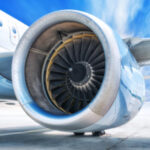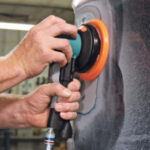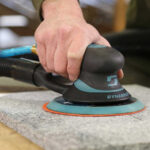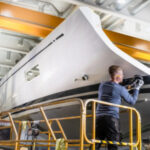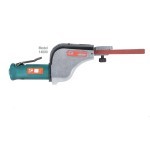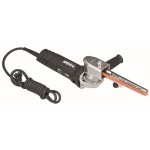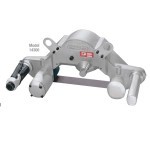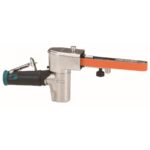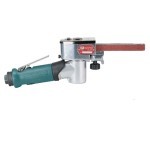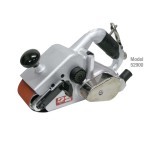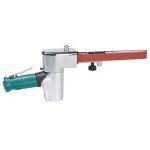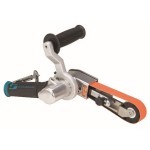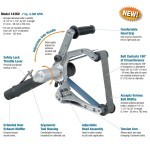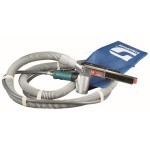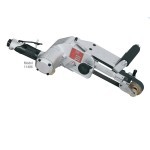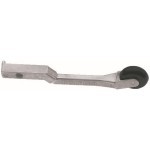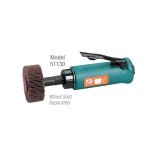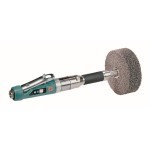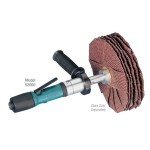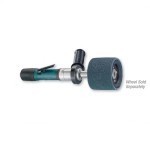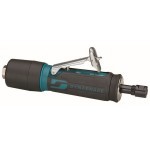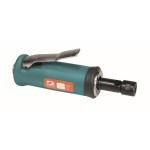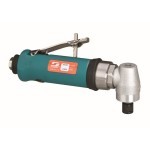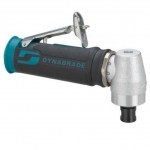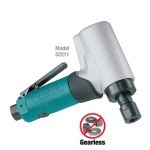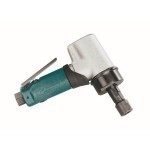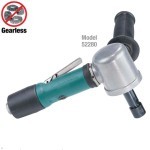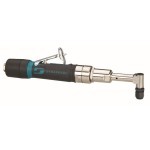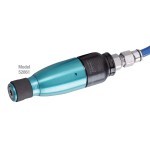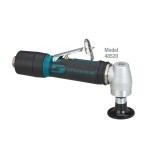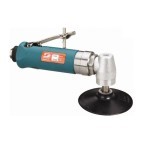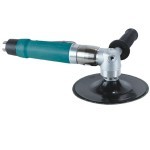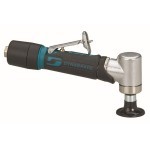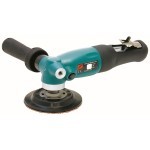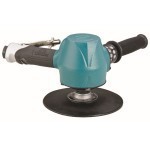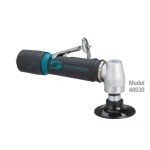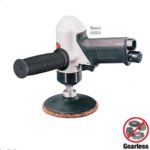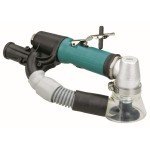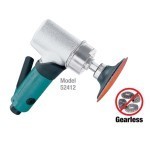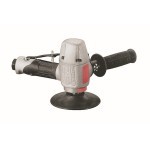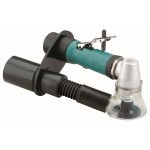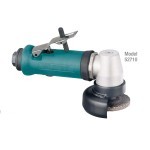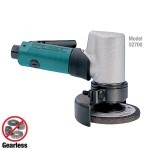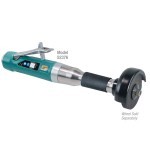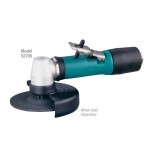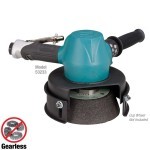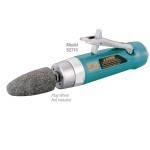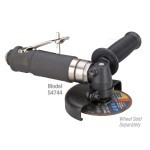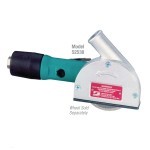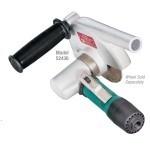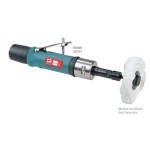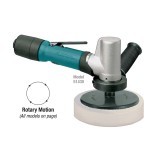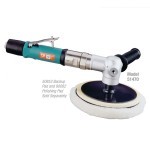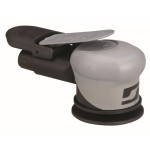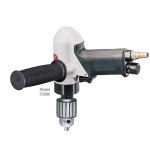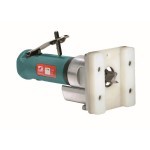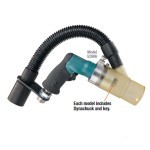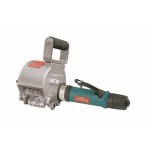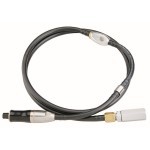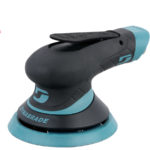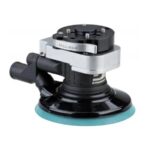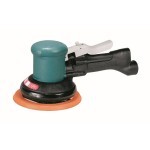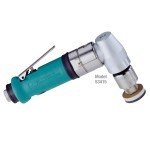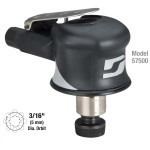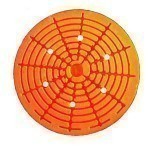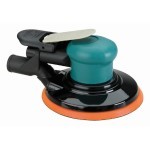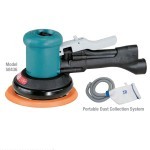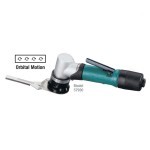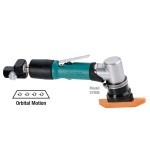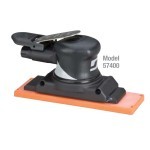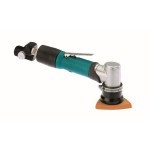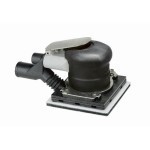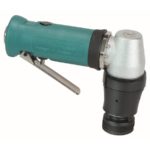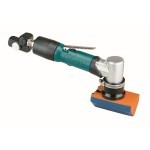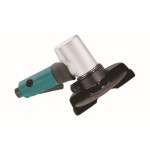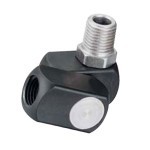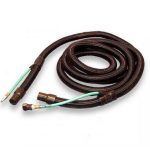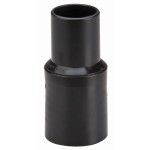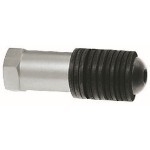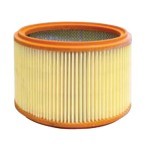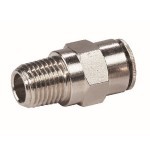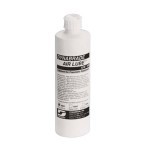How to Choose a Portable Vacuum for Metal Dust Extraction
In any workplace, dust is hazardous to health. However, some dust poses more than an inhalation risk; it could start a fire, or even cause an explosion. Metallic dusts, such as aluminium, titanium and magnesium, are quick to ignite when finely divided. Even non-combustible materials can become susceptible when airborne, which is why it’s important to invest in dust extraction equipment.
Combustible dust could be ignited if there was a spark, open flame (even from a cigarette), radiation, heat, static or a lightning strike. This could cause an explosion or a fire. While some of these causes may seem unlikely, you must assess the risk in normal operating conditions. Where there is any risk, you will need a metal dust extraction system to contain the dust and render it inert.
Understanding ATEX Directives
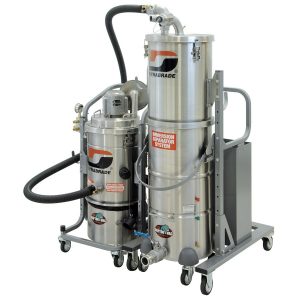 The European Union has published two directives about dealing with an ‘explosive atmosphere’, known as ATEX Directives. The directives define different environments as zones, according to the size of the space, its characteristics, and the likelihood of an explosion. It is a rough equivalent to the HAZLOC system used in the USA.
The European Union has published two directives about dealing with an ‘explosive atmosphere’, known as ATEX Directives. The directives define different environments as zones, according to the size of the space, its characteristics, and the likelihood of an explosion. It is a rough equivalent to the HAZLOC system used in the USA.
Metal dust extraction equipment is marked with a category number, plus the letter ‘D’ for dust. There are three different zone definitions that you’ll need to be aware of when looking for the right category of ATEX certified metal dust extraction equipment:
- Zone 20 describes a very high risk of explosion from a cloud of dust, where the risk is continuous or long-term; you will need Category 1 equipment
- Zone 21 describes an area where dust is likely to create an explosive mixture occasionally; you will require Category 2 equipment
- Zone 22 describes an area where an explosive mixture is unlikely, or would only exist for a short time; for this zone, you will require Category 3 equipment
There are some situations where Category 1 equipment can be used in Zone 21, and where Category 1 or 2 equipment can be used in Zone 22. Consult the Health and Safety Executive for guidance on your specific circumstances.
Understanding Atmosphere Ratings
Different metal dust extraction machines are designed for different substances, with three specific Groups relating to dust extraction. It’s important to check that the machine you want to buy is rated for the type of dust you are working with:
- Group E: Combustible metal dust
- Group F: Combustible dusts from carbon-based materials such as coal and charcoal
- Group G: Wood, plastic and other combustible dusts not covered in category E or F
Many machines cover more than one Group; some are suitable for general usage. Check the product description carefully, and consult the manufacturer’s manual for guidance on each Group.
How Metal Dust Extraction Machines Work
Metal dust extractors contain and remove dust using a vacuum and a tank. The tank contains liquid to contain the collected dust. Depending on the machine, the liquid will normally be water, paraffin oil or mineral oil.
A metal dust extraction machine can hold between 2kg and 10kg of dust in up to 30 litres of liquid. The tank on most machines is detachable for simple disposal; some units have a disposable or reinforced bag, although this is optional.
Machines can be electric, or pneumatic. Pneumatic machines are advisable for hazardous environments where sparks may ignite airborne dust. Additionally, when choosing a metal dust extraction machine, make sure you choose the correct type of capture: dry or wet. Dry is for use with ordinary sanders and grinders, while wet capture equipment is for tools with a water feed. For general purpose, you can purchase machines that dispose of both wet and dry dust.
Some dry metal dust extraction machines have a coalescing filter element (CFE) fitted. These filter elements remove moisture from the captured material.
Metal Dust Extraction Machine Features
At DynaShop the complete range of Dynabrade “Raptor Vac” Portable Vacuum Systems. These portable machines are certified as Category 2 and/or Category 3 machines. Some machines are legally certified in their ability to dissipate static electricity, and have a conductive case for safety; others are non-conductive for general purpose use. All units are leak tested with aerosols.
For flexibility, portable vacuums allow you to tow the equipment around and stow tools alongside the machine, or on the shelf on top. Some machines allow the connection of two tools simultaneously; ideal if you are working in a small space. While these machines vary considerably in size, the cart allows them to be moved freely. Carts can be purchased separately if required.
Manufacturers also offer ‘backpack style’ portable vacuums that are worn on the body for convenience, as well as machines that can be mounted on a wall or another cart. These machines are smaller and lighter than the models on wheels, and can be used with a bag for simple disposal.

A HEPA filter will prevent the redistribution of fine dust into the working environment. Some metal dust extraction machines offer automatic HEPA filter cleaning, using clean air to blast the filter at frequent intervals. For this Bypass Motor System feature to work, the machine must be connected to an external air hose.
How to Get Advice About Metal Dust Extraction
Metal dust extraction is essential to keep you and your workforce safe. Regardless of the size of your workshop, DynaShop can advise on the correct solution. To explore your options, don’t hesitate to give us a call on 01273 468736.


